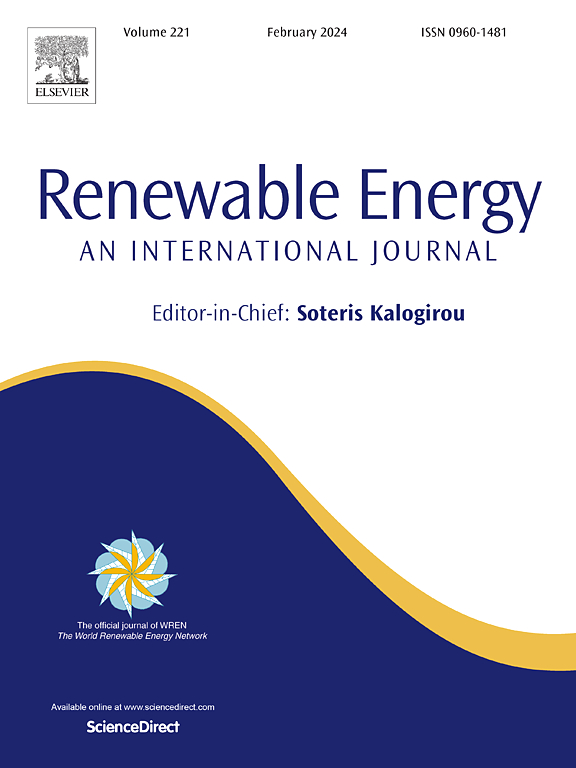补贴退出风险下技术创新成本下降的绿色产能投资
IF 9.1
1区 工程技术
Q1 ENERGY & FUELS
引用次数: 0
摘要
近年来,在技术创新的推动下,可再生能源项目的投资成本不断降低。最初为刺激投资而实施的补贴往往会逐渐取消。本文分析了在需求不确定和技术创新的动态框架下,具有退出风险的一次性投资补贴对投资和社会福利的影响。假设技术创新的到来遵循泊松过程,且每项创新降低一个固定的投资成本,我们发现增加补贴规模或退出风险会加速投资,同时降低产能。当技术创新的到达率提高或成本降低系数降低时,则会产生相反的效果。当退出风险显著降低或不存在时,技术创新到达率越高或成本降低系数越小,福利最大化所需的最优补贴水平越高。当目标在没有补贴的情况下实现低于最优容量水平的容量目标时,目标设置越低,所需的最优补贴水平越高,这对于更高的到达率或更低的成本降低系数更为显著。本文章由计算机程序翻译,如有差异,请以英文原文为准。
Green capacity investment with declining cost due to technological innovations under subsidy withdrawal risk
In recent years, driven by technological innovations, the investment costs of renewable energy projects are continuously decreasing. Subsidies initially implemented to stimulate investment tend to be withdrawn gradually. This study analyzes the impact of the lump-sum investment subsidy with withdrawal risk on investment and social welfare in a dynamic framework with uncertain demand and technological innovations. Assuming that the arrivals of technological innovations follow a Poisson process and each innovation reduces investment cost by a fixed factor, We find that increasing the subsidy size or withdrawal risk accelerates investment while reduces capacity. An opposite effect is found when the arrival rate of technological innovations is increased or cost reduction factor is decreased. When the withdrawal risk is significantly low or nonexist, a larger arrival rate of technological innovations or smaller cost reduction factor increases the optimal subsidy level required to maximize welfare. When aiming to achieve a capacity target lower than the optimal capacity level without a subsidy, the lower the target setting, the higher the required optimal subsidy level, which is more significant for a higher arrival rate or a lower cost reduction factor.
求助全文
通过发布文献求助,成功后即可免费获取论文全文。
去求助
来源期刊

Renewable Energy
工程技术-能源与燃料
CiteScore
18.40
自引率
9.20%
发文量
1955
审稿时长
6.6 months
期刊介绍:
Renewable Energy journal is dedicated to advancing knowledge and disseminating insights on various topics and technologies within renewable energy systems and components. Our mission is to support researchers, engineers, economists, manufacturers, NGOs, associations, and societies in staying updated on new developments in their respective fields and applying alternative energy solutions to current practices.
As an international, multidisciplinary journal in renewable energy engineering and research, we strive to be a premier peer-reviewed platform and a trusted source of original research and reviews in the field of renewable energy. Join us in our endeavor to drive innovation and progress in sustainable energy solutions.
 求助内容:
求助内容: 应助结果提醒方式:
应助结果提醒方式:


